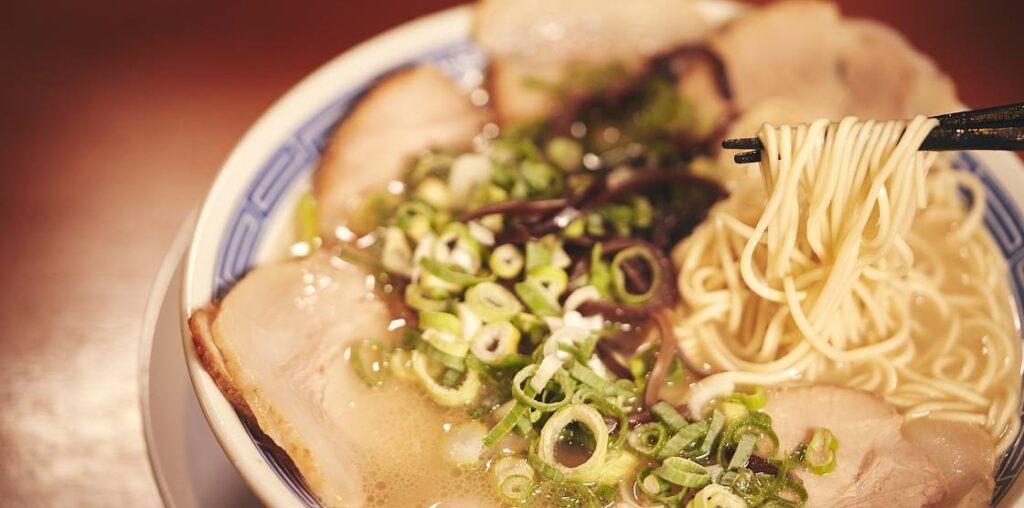For years, overseas visitors to Japan have seemingly worn a groove traveling between Tokyo and Kyoto / Osaka during their holiday stay. A few have ventured further west, perhaps to Hiroshima, to visit the Peace Park or the mystical island of Miyajima. But just beyond Hiroshima and the western region of Japan’s main island of Honshu is Kyushu, the westernmost of Japan’s four major islands.
Perhaps Kyushu’s greatest claim to fame are its onsen hot springs, vast in number, volume, and variety. Research from travel website Booking.com predicted Kyushu’s Beppu City, the Onsen Capital of the World, would become a top destination for tourists seeking relaxation in 2024. But beyond the bathing, Kyushu is bursting with natural beauty, unique culture, incredible cuisine, and a city with its eyes firmly on the future: Fukuoka.
Visitors from Tokyo or Kyoto can easily add Kyushu to their itineraries using the Shinkansen bullet train. In fact, with the recent increase in the cost of the Japan Rail Pass, adding Kyushu destinations ensures that you’ll get the most value from your pass. Japanese pop culture fans can even use the Rail Pass to ride the adorable Hello Kitty Shinkansen, a unique train that makes a round trip between Shin-Osaka and Hakata (Fukuoka) once per day (check the calendar for the exact dates and times of operation). Heading west, you’ll pass some fascinating areas that are worth the effort to enjoy before reaching Kyushu.
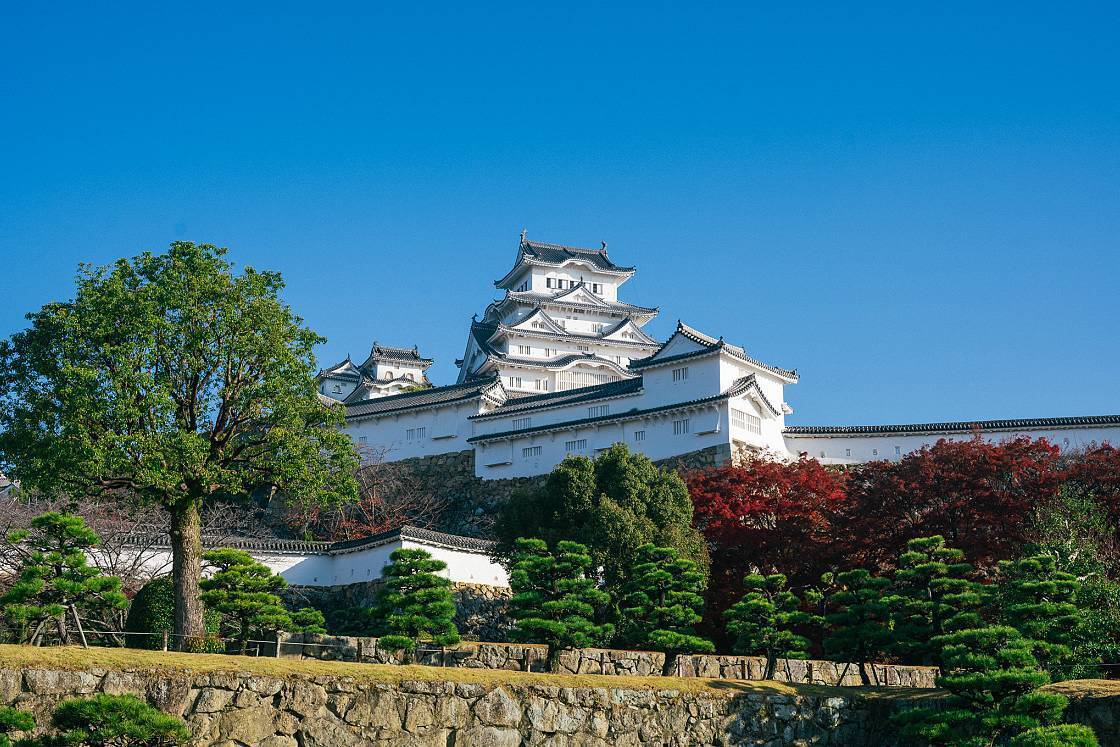
Just an hour from Kyoto and just past Kobe, you’ll reach Himeji, a city best known for its iconic castle. You can see the enormous castle, Japan’s first World Heritage site, down the main street from the train station itself, but this beautiful piece of Japanese architecture deserves a closer look. Surviving a devastating earthquake in 1995 and a direct hit from an Allied bomb during WW2, Himeji Castle is the grandest of Japan’s 12 remaining original castles, now over 400 years old.
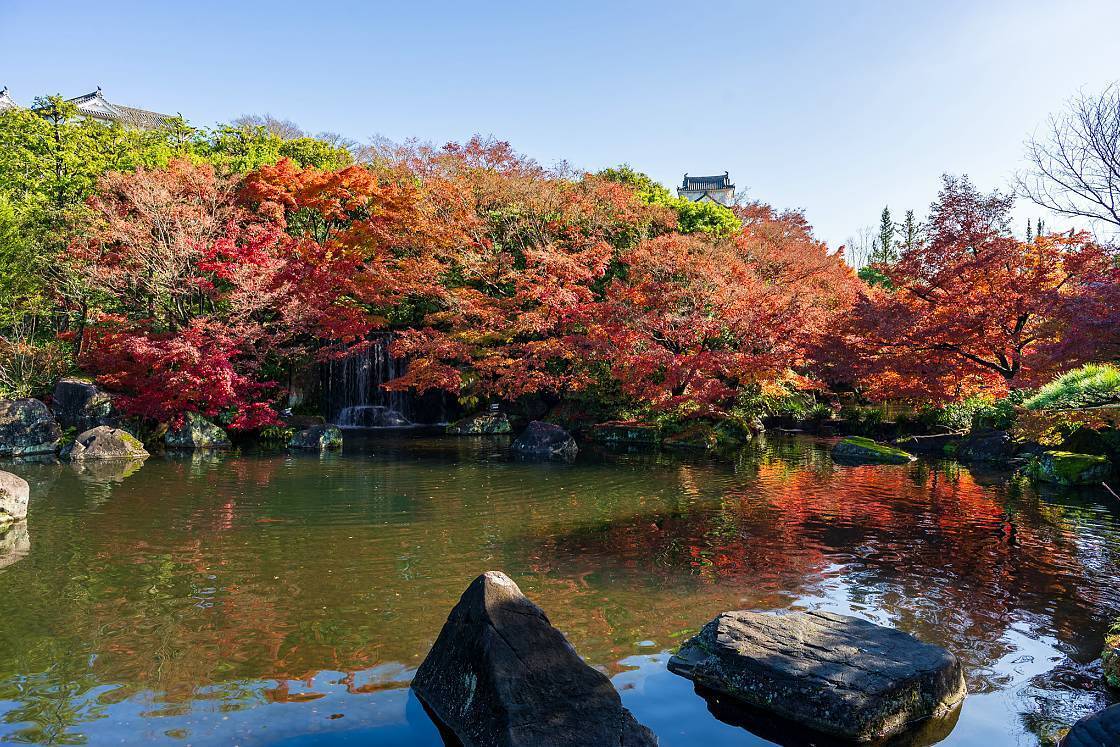
Next door to the castle, visit the lovely Kokoen Garden, built in 1992 to commemorate the restoration of the castle. Kokoen is separated into nine different gardens with unique themes, meticulously maintained to be one of Japan’s most beautiful four-season traditional gardens. Several of the gardens were designed almost as living frames for the view of the six-story castle keep.
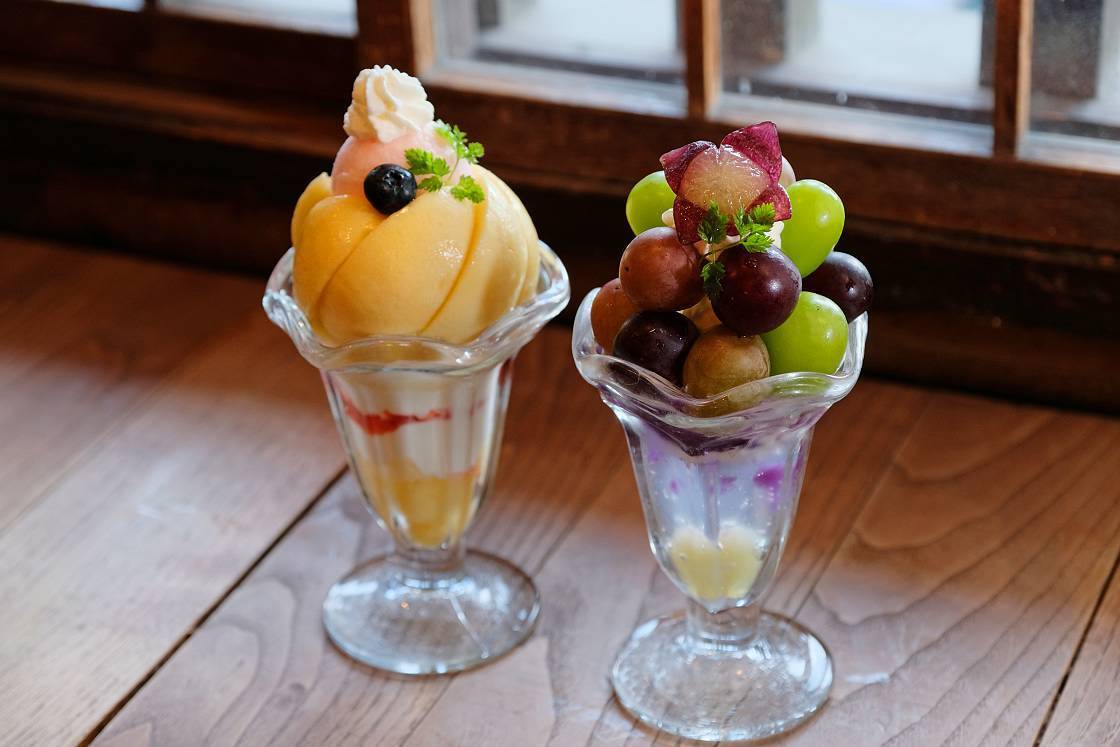
Continuing westward is Okayama City, the capital of the prefecture that bears its name. Although Okayama is home to Korakuen, one of Japan’s 3 Great Gardens, it is best known as the “Fruit Kingdom of Okayama” for both the variety and quality of the fruits produced here. Some of the top choices of Okayama’s fruits are peaches and grapes; try them in a refreshing fruit parfait.
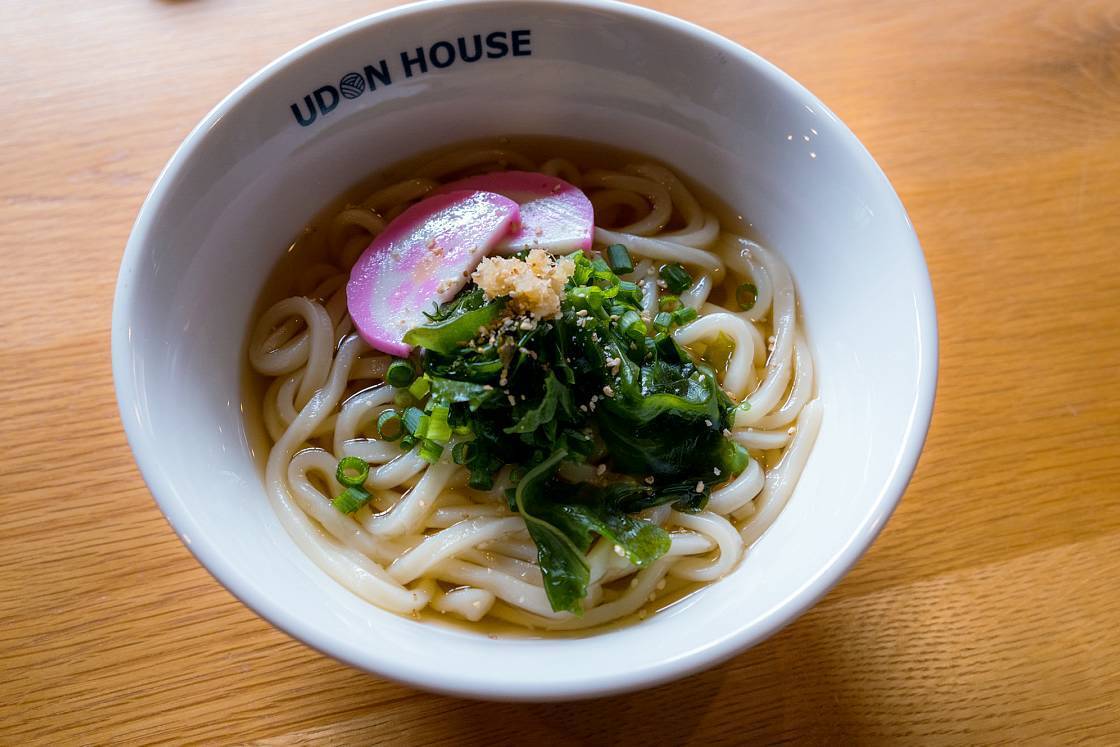
Okayama is also considered the gateway to Shikoku Island, the smallest of Japan’s four main islands. Shikoku was first connected to Honshu in the 1980s by the Great Seto Bridge between Okayama and Kagawa prefectures. Hop over to Takamatsu City in Kagawa, home of Japan’s famous Sanuki Udon noodles and an infrastructure with well-maintained cycling paths.
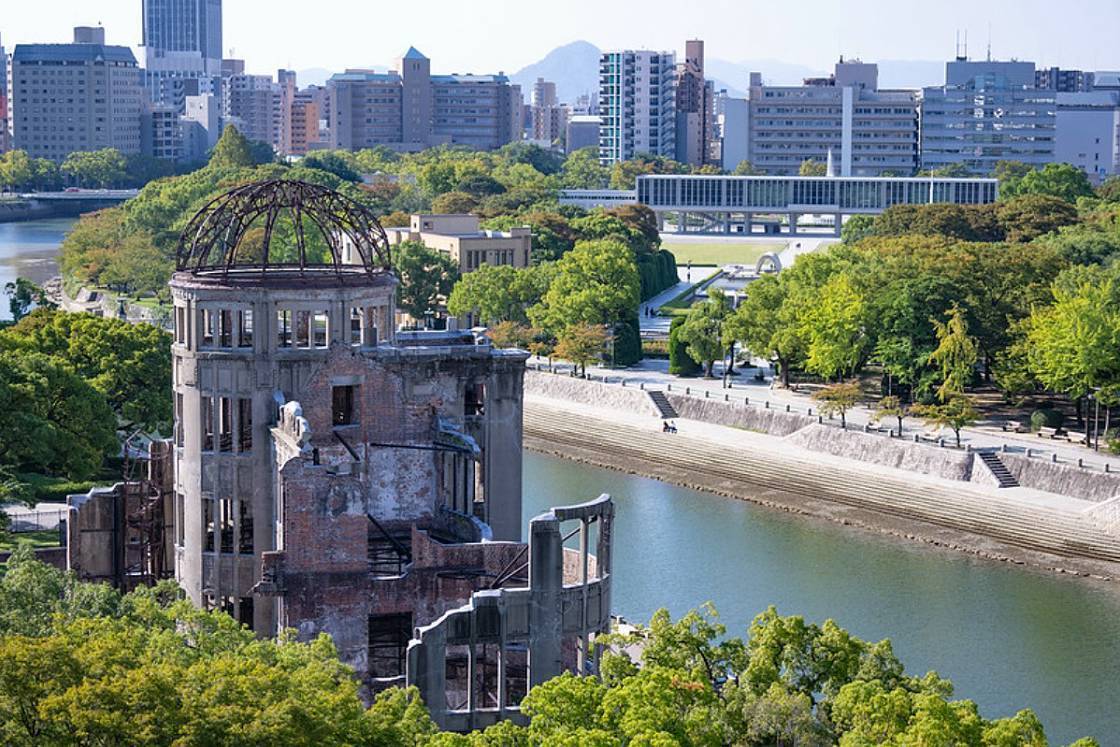
The next destination needs no introduction: Hiroshima, the City of Peace. When you experience Hiroshima’s vibrant atmosphere, it’s difficult to believe the city was reborn from its ashes of tragedy less than a century ago. Hiroshima passionately protects its position as an International City of Peace with the Atomic Bomb Dome and the Peace Memorial Museum but also celebrates life with lively sporting events, unique local cuisine like okonomiyaki (made Hiroshima-style, of course), and a strong spirit of hospitality toward visitors. You can also explore the area’s ancient history on Miyajima Island, with the ancient Itsukushima Shrine, majestic Mt. Misen, and docile population of deer.
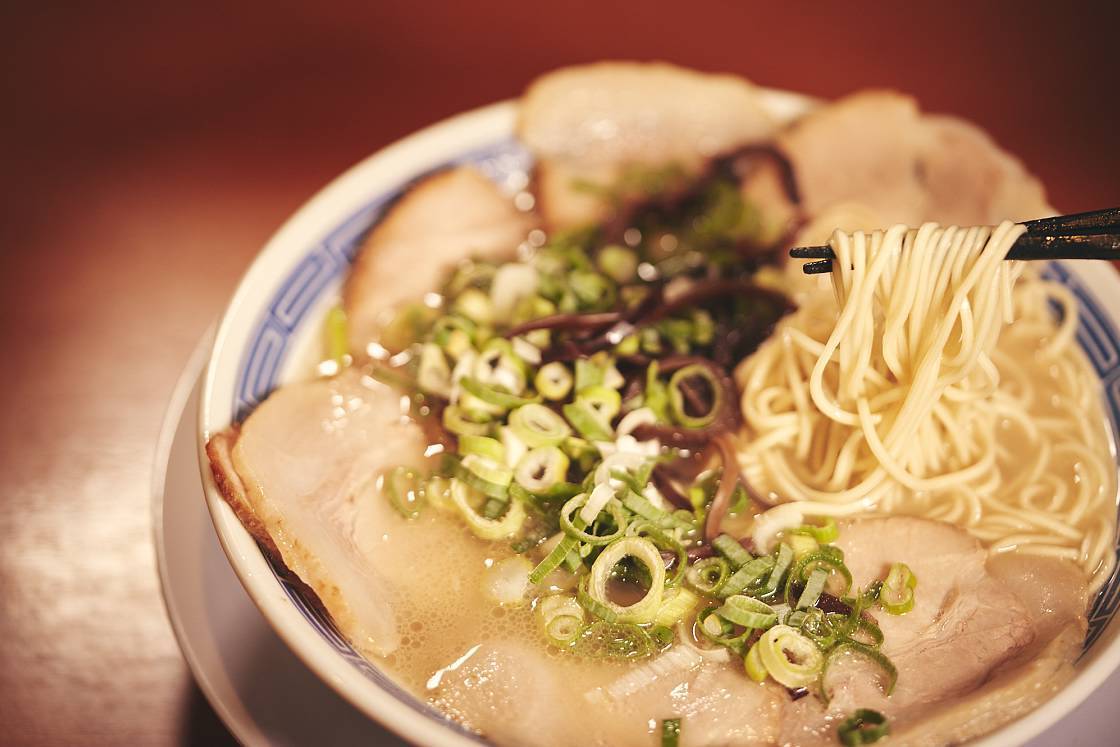
But keep going beyond Hiroshima, across the narrow Kanmon Straits that separates Honshu from Kyushu. Soon, you’ll arrive at Hakata Station in thriving Fukuoka City. If you’re famished from your journey, head up to the second floor of the station to “Hakata Men Kaido,” featuring branches of many of Fukuoka’s most popular ramen and tsukemen shops (tsukemen noodles are dipped, rather than served in broth) to enjoy one of Fukuoka’s most famous soul foods, Hakata-style ramen, with its rich, cloudy broth made from boiling pork bones for hours or days.
But save your appetite because the entire city of Fukuoka is a treasure trove of delightful cuisine. Fukuoka continues the tradition of nurturing the yatai culture, which began centuries ago when food carts were wheeled onto the streets at night in cities all over Japan. Today, yatai food stalls are found widely only in Fukuoka, where locals and visitors sit elbow-to-elbow on the streets around Tenjin Station, enjoying great food and company with friends and strangers alike. Although most yatai serve traditional dishes like yakitori, oden, and, of course, ramen, you may discover some unique ones based on French and other international cuisine.
The fertile Genkai Sea off of Fukuoka’s coastline provides a seemingly endless variety of fresh seafood, making the city a haven for those searching for an incredible sushi experience. Many kaiseki and sushi restaurants in Fukuoka have garnered Michelin stars in recent years, including 3-star Sushi Sakai and 2-star Sagano. Local izakaya (pubs) serve sesame mackerel, a Fukuoka specialty.
An unusual culinary aspect of Fukuoka is its Vegan Initiatives. This city-sponsored project aims to make it easier for vegan and vegetarian travelers to find places to eat. During the recently held FINA World Swimming Championships, a map was available to visitors introducing restaurants offering vegan and vegetarian food options.
Fukuoka is an easy-to-navigate city with a robust eco-centric transportation infrastructure that includes trains, subways, and buses. The convenient BRT bus system operates in a loop around major sightseeing destinations, and bicycle rental is quick and easy using a multi-lingual app. The ease of public transportation makes it simple to enjoy the natural beauty of the Fukuoka area, like the Kitazaki area overlooking the Genkai Sea. Here, you can experience organic farming or enjoy eating fresh oysters on the beach at Karatomari Ebisu Oyster Hut, the first oyster hut established in Fukuoka.
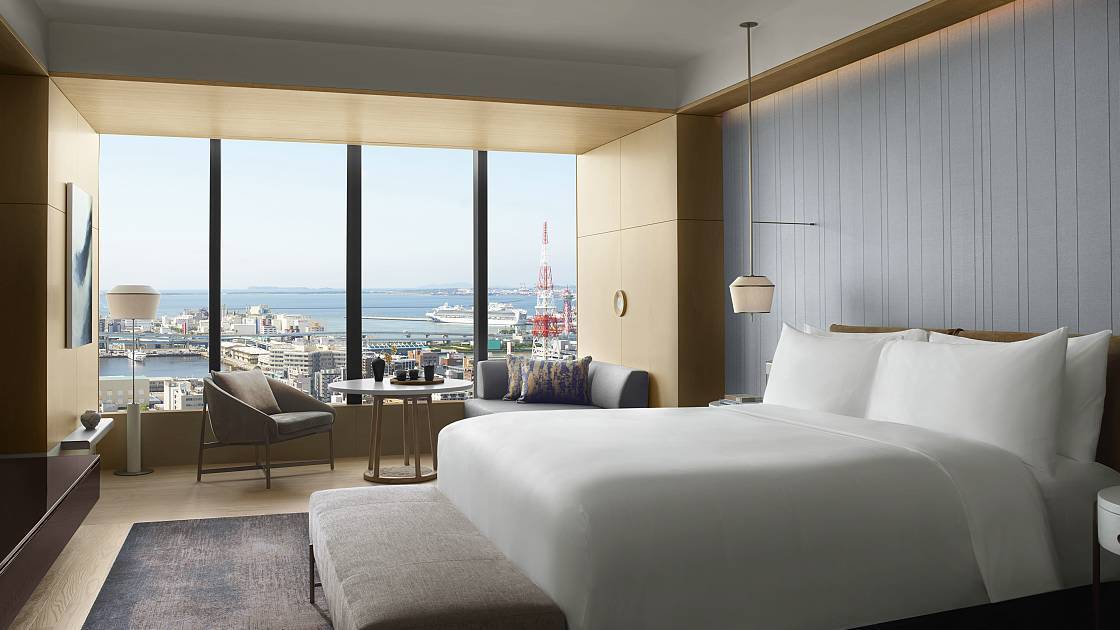
As a metropolitan hub of Asia, Fukuoka has plenty of luxury accommodations for visitors to enjoy. The Ritz-Carlton, Fukuoka is located in the beating heart of the city’s Tenjin area, with views from the downtown area all the way to the Hakata Bay. The hotel’s design weaves traditional local crafts such as bamboo, textiles, and woodwork with a modern, sophisticated aesthetic. The 35-story Hilton Fukuoka Sea Hawk is a massive luxury hotel adjacent to the Fukuoka PayPay Dome, home of the city’s professional baseball team. The hotel is located next to Hakata Bay in the city’s Momochi District, selected as one of Japan’s 100 best cityscapes. The Miyako Hotel is directly connected to Hakata Station. It features natural hot springs onsen baths and a waterfall cascading from its roof. With bright and airy rooms and a host of relaxation options, Miyako is a resort in the middle of the city.
Fukuoka City may entice you to stay longer than planned but remember, it is just the gateway to Kyushu, with many other places to explore. The Kyushu Shinkansen connects you to many different cities of Kyushu, while its hidden gems can be accessed by bus tours or rental cars.
Kumamoto City is accessible by Shinkansen and features one of Japan’s most important castles. Kumamoto Castle sustained severe damage in a 2016 earthquake, but the community rallied to restore it, and the complete restoration was unveiled in 2021. Many well-known and respected figures from Japanese history are connected to this mighty castle. A pair of well-preserved districts between the castle and Kumamoto Station, Shinmachi and Furumachi, retain the atmosphere of the samurai era. Guided tours of each area are available for those who wish to dive deeper into the city’s history.
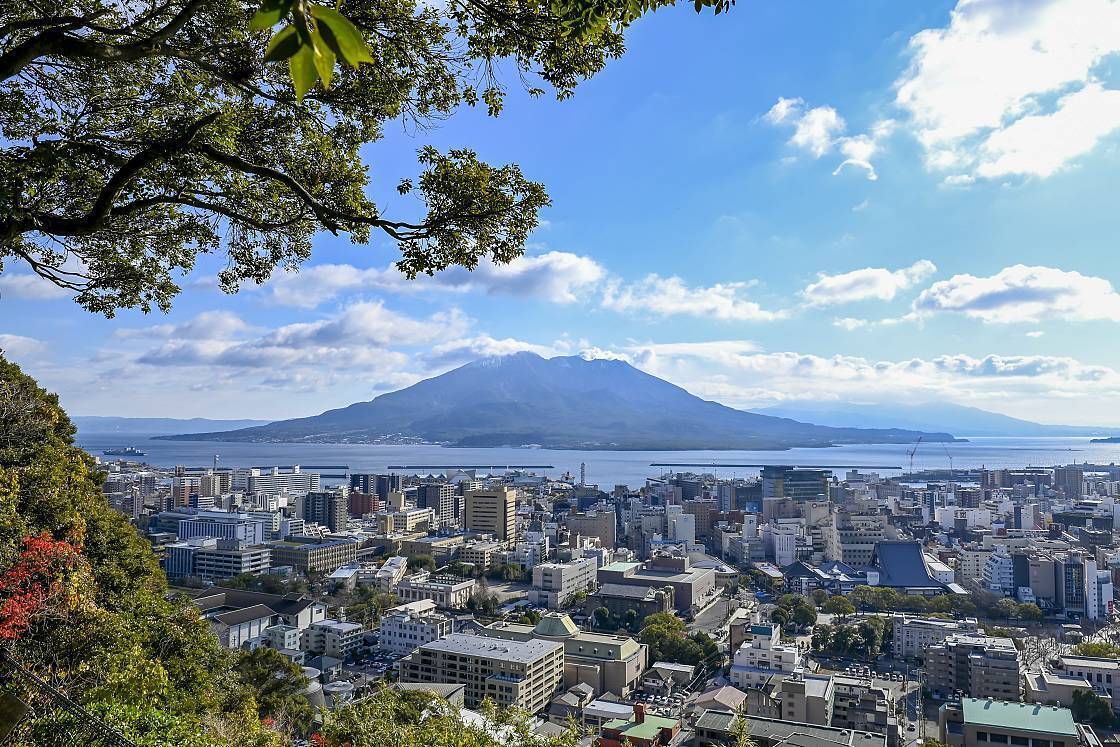
Continue on the Kyushu Shinkansen, and you’ll reach the terminus at Kagoshima City, where you’ll be greeted by the city’s icon, the enormous and very much alive Sakurajima volcano, steadily steaming on its island in Kagoshima Bay. An island which, despite the proximity to the volcano, is both inhabited and visited regularly by tourists. You can also visit Sakurajima Yogan Nagisa Park and Footbath, steps away from Rainbow Beach and the Sakurajima Port, to soak your toes in one of the world’s largest hot springs footbath.
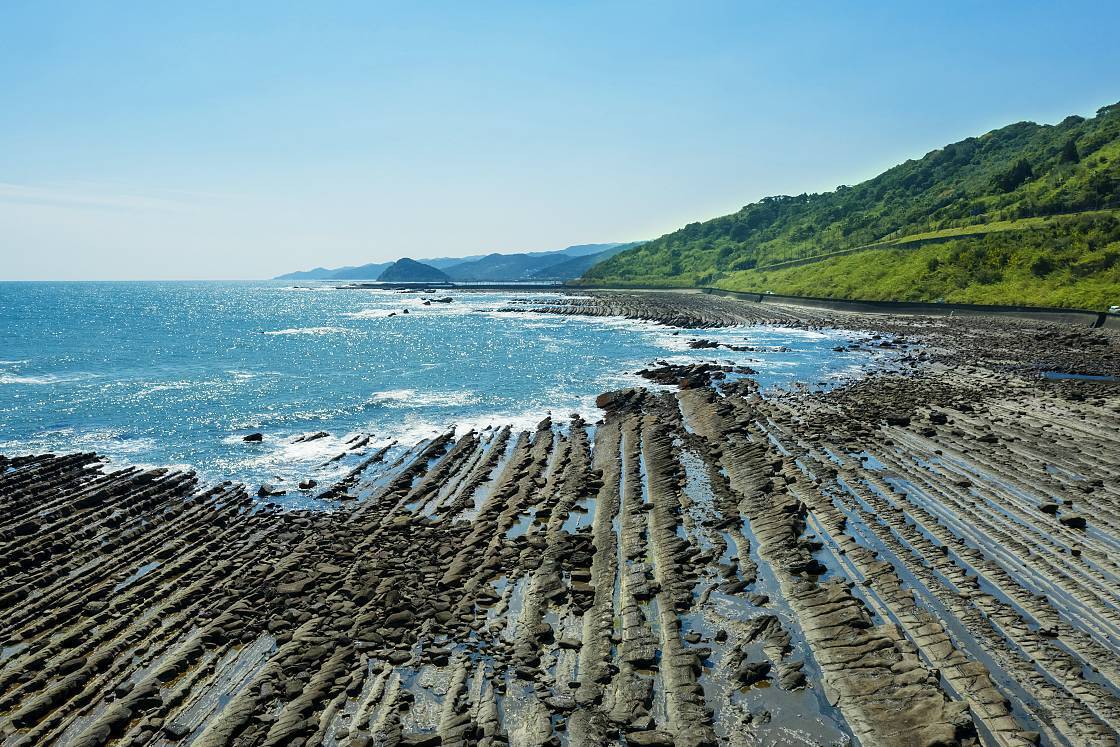
Not all of Kyushu is accessible using the Shinkansen bullet train, however, and you’ll miss out on some fantastic places if you don’t get off the beaten path. Miyazaki City is not well known by overseas tourists, but those who make an effort to visit it know what a hidden gem it is. The Aoshima area of the city boasts a long stretch of pristine beach and tiny Aoshima Island, considered a “power spot” among the locals. The picturesque island features unusual rock formations nicknamed “The Devil’s Washboard” and Aoshima Shrine, said to bring good fortune in marriage.
There are plenty of hotels and restaurants in the Aoshima area, so relax, enjoy a day at the beach, and make your journey an overnighter.
This sampling of Kyushu and the western part of Japan barely scratches the surface of what Kyushu has to offer. Kyushu has something for everyone, from outdoor adventure lovers to those who want to melt away their troubles in modern luxury. All you need to do is point yourself westward and go.
Sponsored by: Fukuoka City
